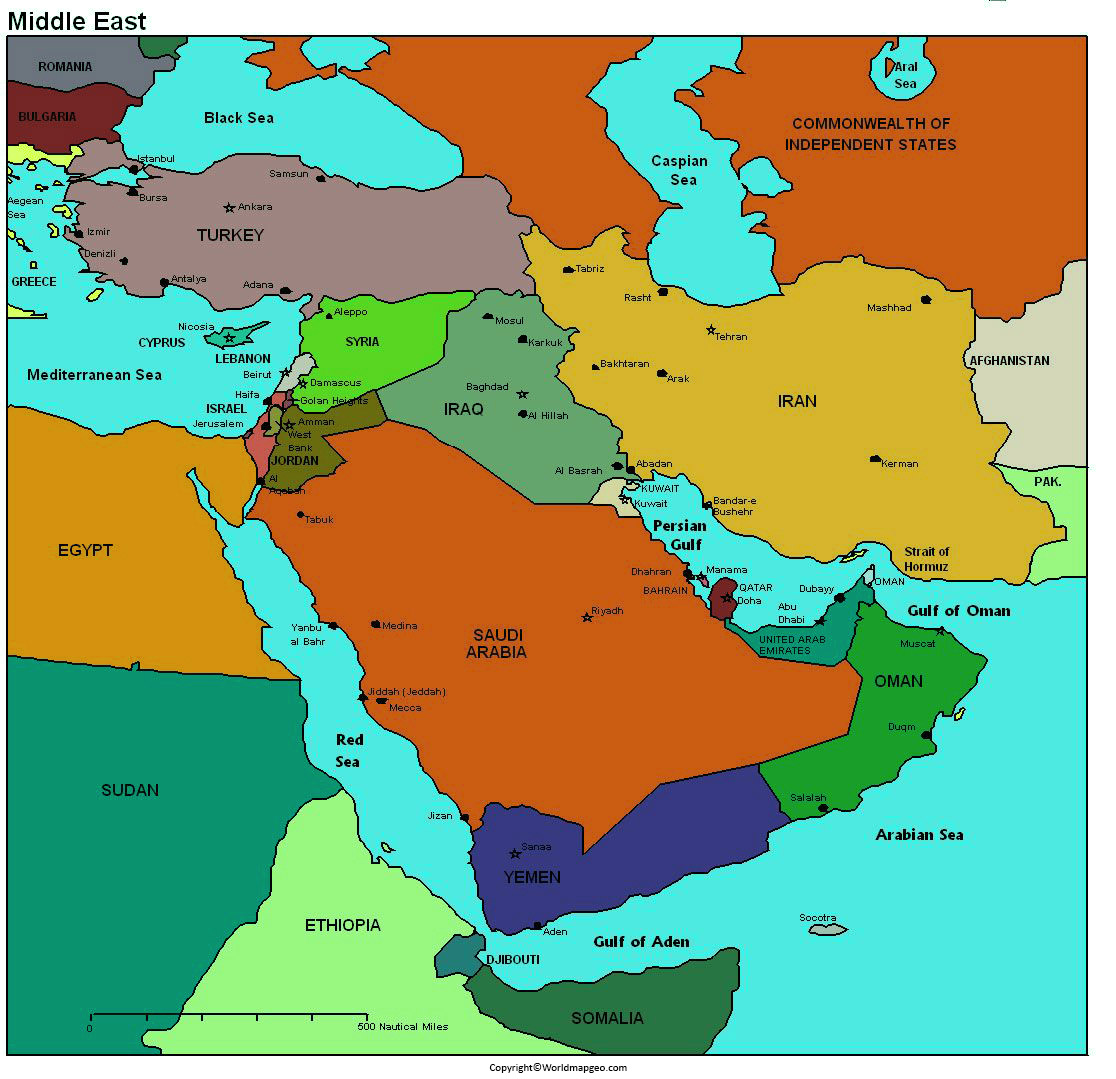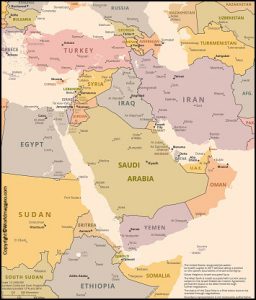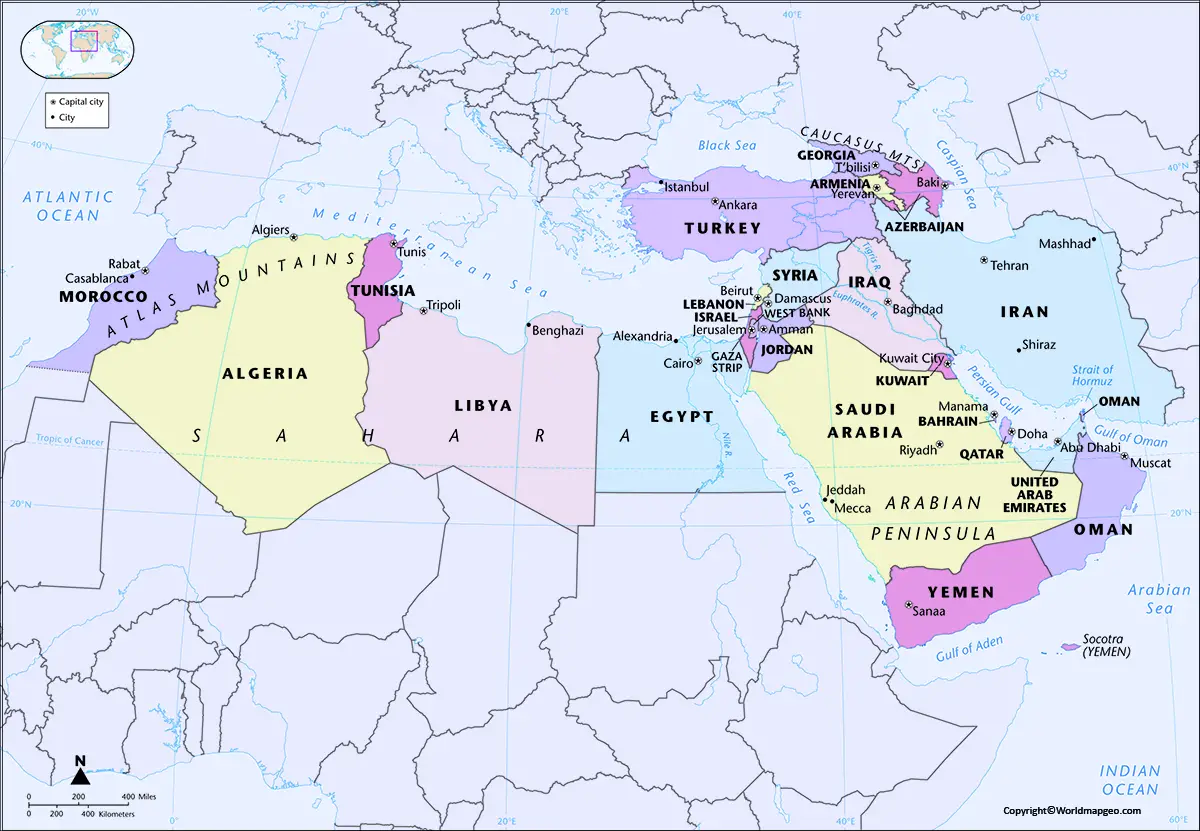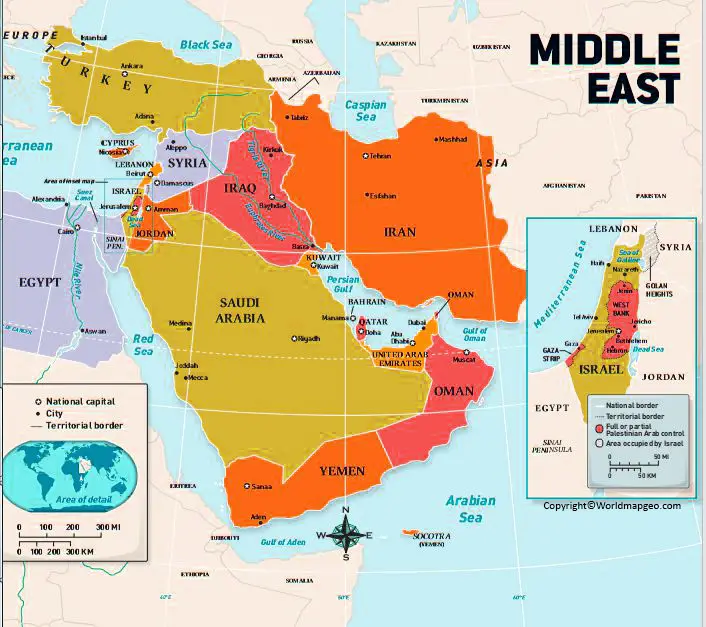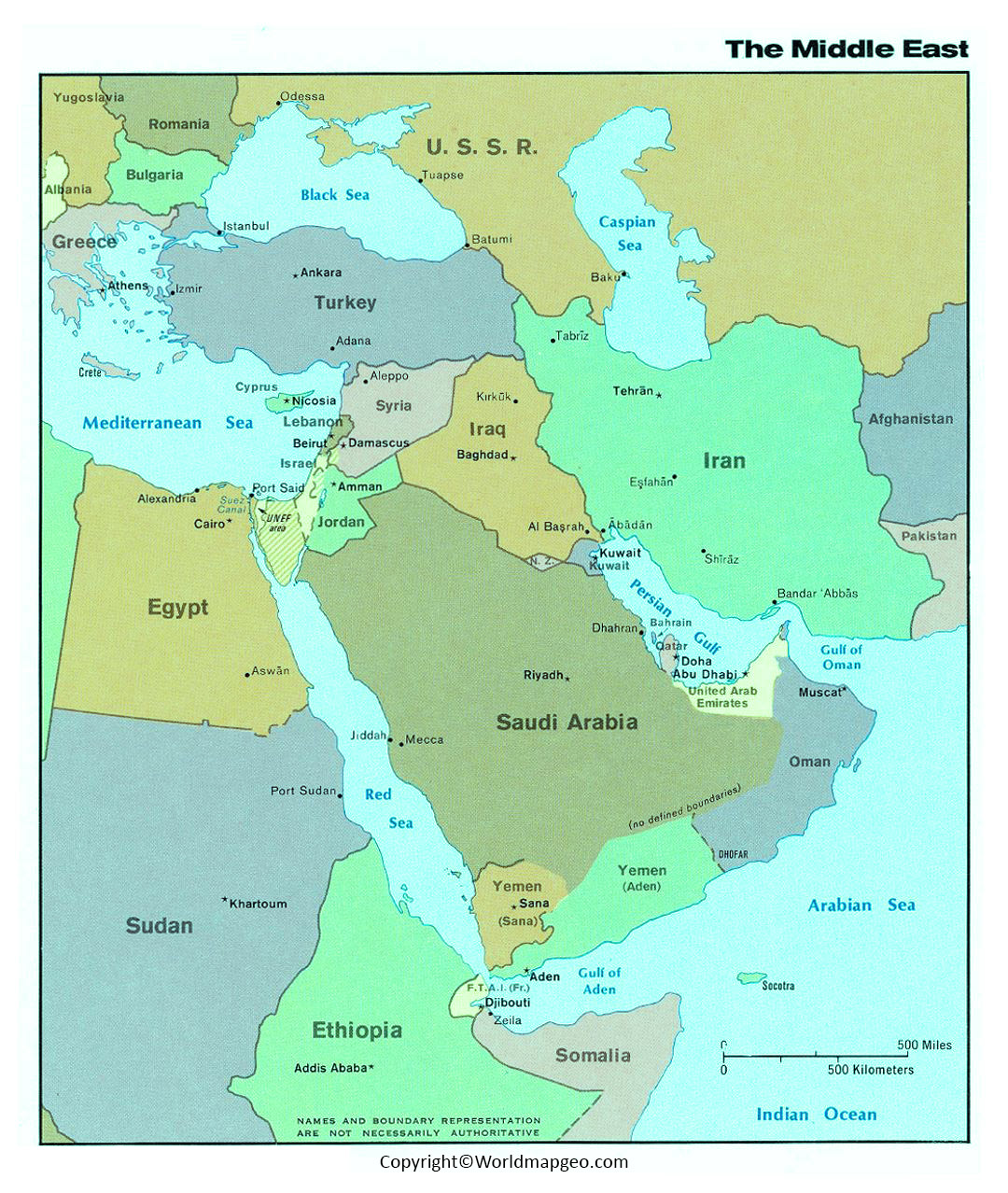The Middle East Political Map is important for two reasons. First, it affects the way that countries interact with each other. For example, if there are more stable borders on the map, it will be easier to trade and conduct diplomacy. Second, the map affects who can claim ownership of certain territories. If there are more stable borders on the map, this will help to prevent conflicts from happening.
Middle East Political Map
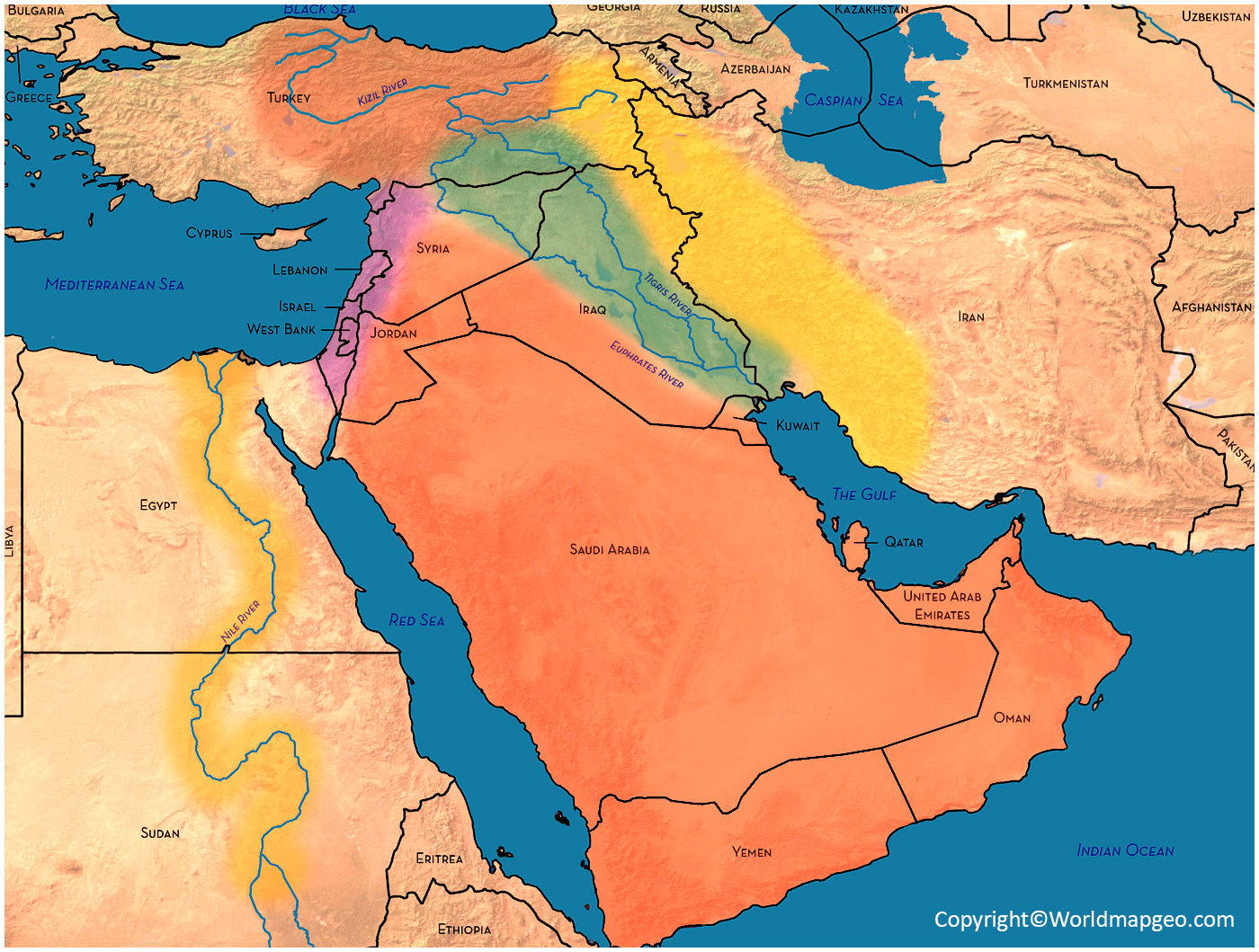
The Middle East is a region located in Eurasia with countries in North Africa, Western Asia, and Eastern Europe. The area is home to over 300 million people who share many cultural and religious traditions. The political map of the Middle East is complex and ever-changing, with several countries vying for power. There are also several issues that continue to plague the region, such as terrorism, sectarianism, and climate change.
The Middle East Political Map has been greatly changed over the years as nations have come and gone. However, certain city areas have remained steadfast in their political affiliations. In this article, we will be taking a look at the most congested cities in the Middle East and why they are so important.
Middle Eastern Political Map
Current Political Map Of The Middle East
1. Damascus: This city has seen much upheaval throughout its history with multiple occupations from other countries. However, it remains the capital of Syria and is considered to be the de facto center of power in that country. It is also home to many key government ministries and security institutions.
2. Tehran: Tehran is one of Iran’s most important cities both politically and culturally. It is home to many major universities as well as significant religious sites.
The Middle East Political Map With States shows the various countries in the region, their borders, and the capitals of their respective states. The map also points out some important geographical features of the region. For example, it identifies Gulf Cooperation Council (GCC) members Bahrain, Kuwait, Oman, Qatar, Saudi Arabia, and UAE as well as Egypt which is a part of the Arab League. It also includes Jordan which is located on the eastern border of Syria. Lastly, it delineates Israeli-occupied territories – Golan Heights and West Bank – as well as Palestinian territories including Gaza Strip and West Bank.
The Middle East has seen some dramatic changes in its political landscape over the past few decades. The region has been swept by various uprisings and revolutions, with new governments and leaders emerging to take control.
Starting from the late 1970s, a series of uprisings and revolutions took place in the Middle East. These movements were aimed at overthrowing traditional regimes and replacing them with more democratic ones. Some of these revolutions, such as those in Iran and Syria, were successful while others, such as those in Yemen and Bahrain, failed.
Middle East Political Map Labeled
One of the most significant events that changed the political landscape of the Middle East was Saddam Hussein’s invasion of Kuwait in 1990.
Using a political map to understand Middle Eastern politics can be incredibly helpful in navigating the region. Maps can help illustrate relationships between countries, show how power is distributed, and reveal important trade routes. Additionally, maps can be used to determine where support for certain parties or ideologies lies.
Maps can also help identify regional tensions and conflicts. For example, the Syrian Civil War may seem complex and overwhelming, but understanding the various factions and their alliances can make understanding the conflict much simpler.
Middle East Countries Political Map
Maps can also provide insights into geopolitical issues that are not related to Middle Eastern politics. For example, Iran’s nuclear program is an issue that affects many regions of the world and a political map could help illustrate this fact.
In the Middle East, there is a lot of turmoil and uncertainty. With so many countries and factions fighting for control, it’s hard to know who to trust. In this article, we’ll take a look at how the political map has changed over the years, and what the future holds for the region.
Printable Middle East Political Map
One of the most important developments in recent years has been Syria’s descent into civil war. The country was once one of the most stable and prosperous in the Middle East, but now it’s in chaos. This has led to a power vacuum that has been filled by various factions.
Egypt has also been struggling lately. The country is still recovering from a period of military rule which ended in 2011. Since then, there have been several protests and clashes between different groups.
